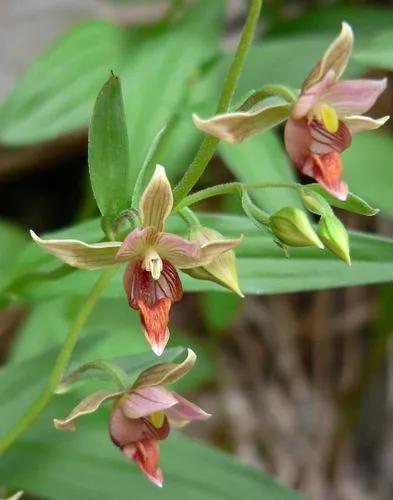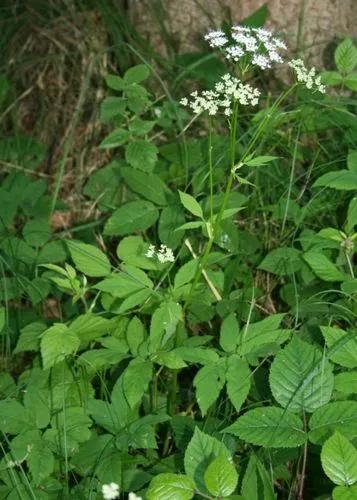Candle Bush is a plant with a dual personality. While its bright yellow flowers can be quite captivating, it's also known as a persistent weed in many regions. Let's explore the key aspects of managing and understanding this plant.
Candle Bush Care
Senna Alata (linnaeus) Roxburgh



Candle Bush, or Senna alata, is recognized by its striking, elongated clusters of bright yellow flowers, which are held high above its deep green foliage, its main identification feature. It typically reaches heights of 3-10 feet (0.9-3 meters) and displays pinnate leaves with oblong leaflets.
How to Care for the Plant

Fun fact

Candle Bush has a rich history in traditional medicine, especially its leaves and seeds, which are used to treat skin issues, fungal infections, and even snake bites. Also, some Senna species, like Candle Bush, possess strong laxative properties due to compounds called anthraquinones, offering potential relief for constipation, but should be used cautiously under professional guidance.

Popularity

248 people already have this plant 51 people have added this plant to their wishlists
Discover more plants with the list below
Popular articles






